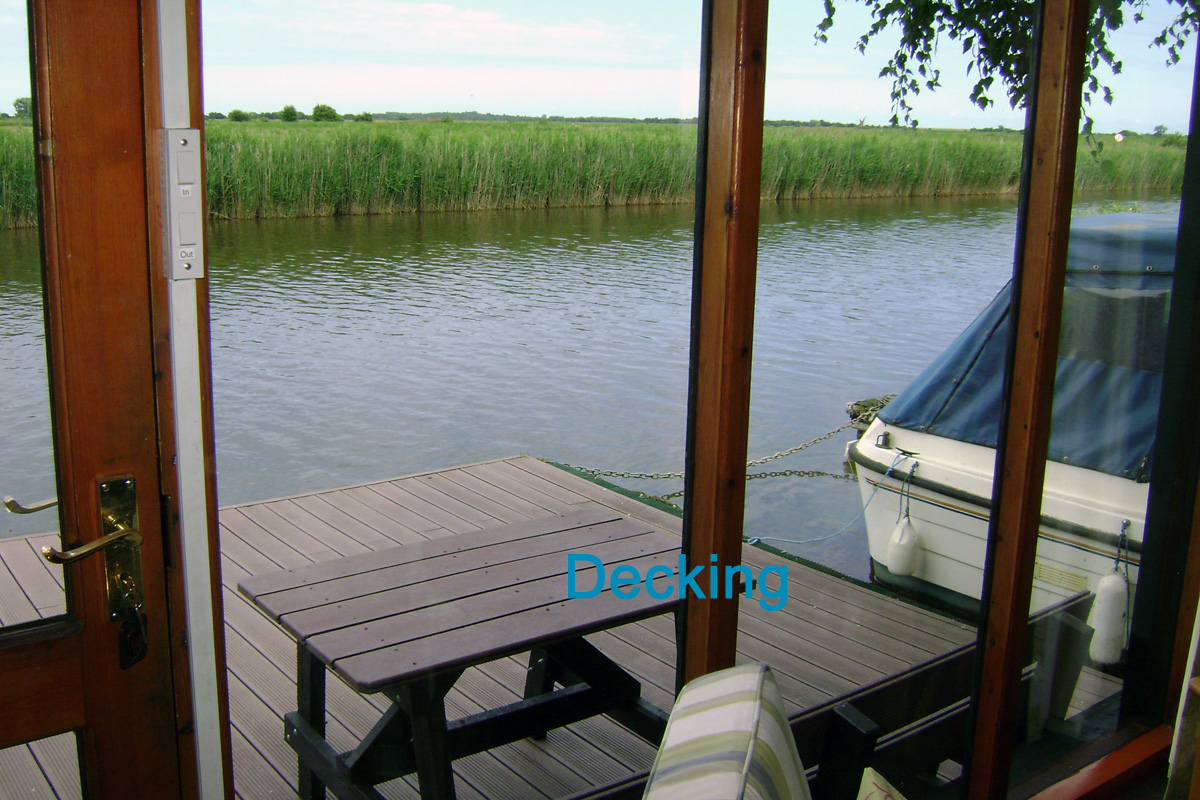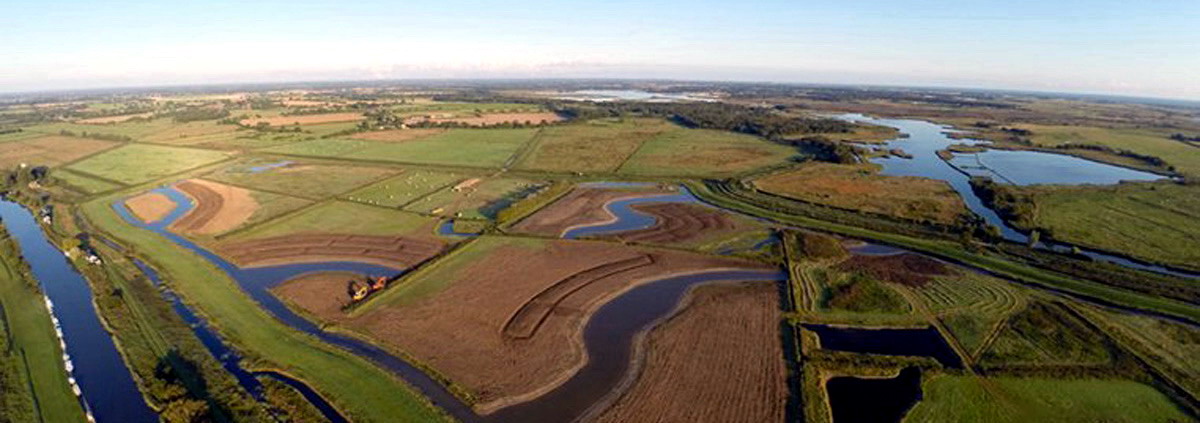

We have replaced the single glazing for double glazing in the Lounge and main bedroom and installing an Air to Air heat pump, both installations will make the inside of Moonriver more comfortable during the winter and reduce electricity consumption.
We would like to register our thanks to our new and regular guests for being so flexible and supportive during the previous Covid years.
The above drone image was taken from above Moonriver looking North at the Potter Wetland nature reserve, Candle Dyke is to the right of the wetland.
Our riverside self catering holiday home, sleeps 4/6 is situated on the banks of the River Thurne, Norfolk Broads. A superb Norfolk Broads waterside break. We are surrounded by open countryside with the front directly overlooking the river with uninterrupted views, both back and front, across open farmland. You can`t see any buildings, except old windmills, from the self catering holiday cottage.
We are in The Broads which is part of the family of National Parks of Britain / Nature Reserve where the owners have logged seeing over 40 species of birds in the immediate vicinity. We have heard a Bitten but not seen one yet.
The Potter Wetland Reserve is directly opposite Moonriver holiday cottage.
The self catering holiday cottage is situated over a mile upstream of the notoriously small and ancient bridge at Potter Heigham. Fortunately the bridge prevents the larger hire craft from coming to Martham so the river is much quieter and less commercialised here.
From our self catering holiday cottage the river leads up to Martham and Somerton Broad, besides Candle Dyke to Heigham Sound and the finest sailing and fishing in Hickling Broad and Horsey Broad, Norfolk Broads. Most of the surrounding fields are Norfold Broads Nature Reserves.
Peace and quiet – no road noise what so ever!
Holiday Home Exchange
If you have a holiday home and you would like to complete a weeks holiday home exchange then please contact me.

